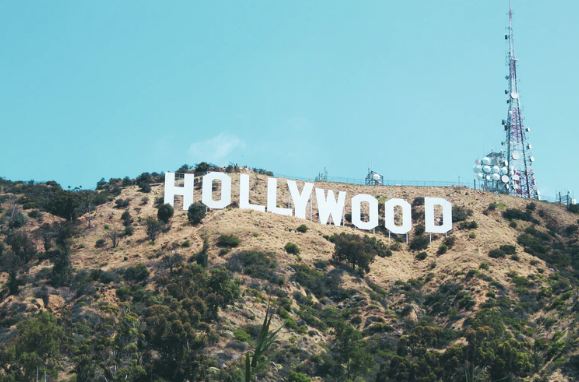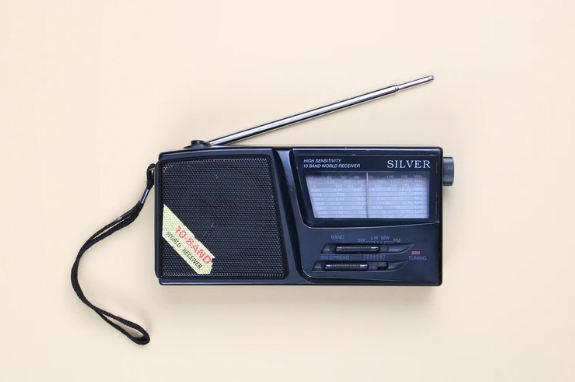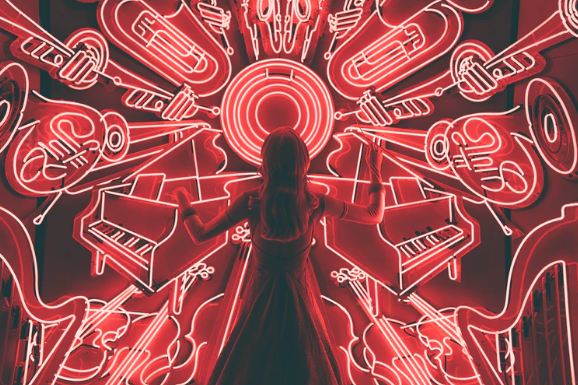Despite the devastating impact of the Great Depression (1929-late 1930s) alongside the other global and political crises, the 1930s had witnessed the emergence of several pivotal cultural trends.It was during this period that people had somewhat created an escape from the hardships and anxiety going on about.
According to historians, the literature, cinema, music, and arts of the period have flourished. These have become their form of entertainment that also became the medium to present and promote American values and traditions. Moreover, technological advancements like radio and sound films have contributed to the massive popularity of these entertainments.
So, if you’re a history enthusiast or someone who just simply wants to know what the cultural trends are in the 1930s, well, you came in the right place.
Below are the hottest pop culture trends of the 30s!
Arts
In the 1930s, many artworks with regard to Social Realism had emerged. Photography, paintings, and other forms of art had showcased the everyday lives of people, more particularly the poor and the working class. This Social Realism movement not only aims to depict but also to criticize the realities of social injustice and social inequalities.
As well as the emergence of the Social Realism movement in forms of arts, some art aspects from the 20s were still present. This includes the Precisionism wherein it depicted the images of urban industrial America. The differences between the artworks and artists belonging to these movements were quite blurry. However, one characteristic they shared was the realism that focuses on showcasing American life as it was.
Consequently, realism had resulted in the popularization of photography. In fact, photographers during the time have documented rural areas, particularly the misery of the working class. One iconic image taken from that period was the photograph taken by Dorothea Lange, depicting a migrant Florence Thompson, a mother of seven children.
Hollywood
It was during the 30s that the golden age of Hollywood had started. In this period, studio systems were at height, and they have control over creative decisions. Although major studios have experienced losses in the first years of the Great Depression, most of them had begun to record profits in the mid-30s.
In the year 1934, the Hays Code (also known as Motion Picture Production Code of 1930) was implemented. In response to several scandals in the 1920s, the president of the Motion Picture Producers had begun to introduce film censorship by laying down a series of guidelines to film producers. Some of the things that need to avoid were kissing more than three seconds, sexual content, and clergy’s ridicule. Subsequently, the Production Code was manipulated more and more loosely until it was abandoned in the 1960s.
Furthermore, several genres of films had emerged and attracted the mass audience, including musicals, gangster films, and comedies. Since then, Hollywood silent performers like Greta Garbo, Shirley Temple, and Charlie Chaplin have been transitioned into sound films. As well as that, literary works were also transitioned to films. Among them were The Wizard of Oz, Gone with the Wind, King Kong, the Grapes of Wrath, and Anna Karenina.
Literature
Aside from arts and films, the Great Depression had also produced several great literary works. Like most of the visual artists of the time, writers also focused on representing American life and offering social criticisms on their writings. During that era, John Steinbeck had become the classical model of authors. Most often, Steinbeck touched the topics about the working class as well as their struggle in finding a decent and honest life. Among his writings, The Grape of Wrath was considered a masterpiece. It is a social-oriented novel that follows the story of a low-income family from Oklahoma and their journey in search of a better life in California.
Subsequently, several popular novels had emerged, including Cannery Row, East of Eden, Of Men and Mice, and Tortilla Flat. More important literary authors have also reached the American classics, and these include F. Scott Fitzgerald, William Faulkner, John Dos Passos, Gertrude Stein, Henry Miller, and Eugene O’Neill.
Aside from novels, autobiographies, and memoirs, Pulp Fiction magazines had also emerged. The magazine had begun to feature the adventures of heroes and detective fiction. Most notably, the existence of iconic superheroes in comic books had come at the near end of the decade, such as Superman and Batman.
Radio
The immense popularity of the radio was also notable in the year 1930s. During this era, notable radio contents had spanned from comedy, soap opera, music, to news as well as political content. Interestingly, never before the radio was used as a powerful tool to disseminate political messages. In fact, President Franklin Delano Roosevelt had used the radio to inform his policies in his series of radio addresses called fireside chats. On the other hand, his political opponents also used radio to attract supporters.
In addition to the proof of the immense power of radio, a famous broadcaster of War of the Worlds, Orson Welles had caused a major hysteria among his listeners. In this broadcast, Welles had expertly crafted a story stating that Martians were invading New Jersey. With this, the show’s listeners have feared that the conflict between humans and aliens was real. Consequently, historians have debated over how wide the show’s audience was and how widespread the panic could be. Nevertheless, this only showed how incredibly powerful radio broadcast was during that time.
Music
Popular music during the 30s reflected the social progress made during the economic crisis. With the transfer of people, mostly the black southerners, music like jazz, blues, and gospel became widely popular in the north. Despite the existing racial inequalities and the black civil rights struggle, the origin of these music genres fit into the American culture. Parallel to this, American folk music, which was created and performed by both white and musicians of color, had attracted wide audiences across the country. Most of these genres have focused on the plight of ordinary Americans and were now part of the American legacy.
In the 1920s, or also known as the age of Jazz, Jazz music had been a global phenomenon. By the following year of the 30s, new styles and forms emerged in American music. Swing music (also big jazz) had been enormously notable, accompanied by a swing dance. As well as that, live swing bands had also gained popularity and were broadcast on radio. Some of the popular bandleaders include Artie Shaw, Harry James, Count Basie, Fletcher Henderson, and Jimmie Lunceford. Also, Louis Armstrong, the pioneer of jazz music, had continued to inspire audiences as well as a fellow musician. Moreover, since swing music has a strong rhythm section, instruments like saxophones, trumpets, trombones, drums, and double bass were used.
Fashion
From the 1930s to 1945, fashion trends vary from butterfly sleeves, exaggerated shoulder pads, and banjo sleeves. Also, during this period, the widespread use of man-made fibers like rayon and viscose was observed in dresses and lingerie. The zipper was also widely used. Aside from these fashion trends in clothing, suntans also became fashionable. During that time, travel flights to places along the Mediterranean, east coast of Florida, and the Bahamas also became a trend to those who want to acquire a tan. Consequently, white jackets, halter tops, beach pajamas, and bare midriffs also came into existence.






